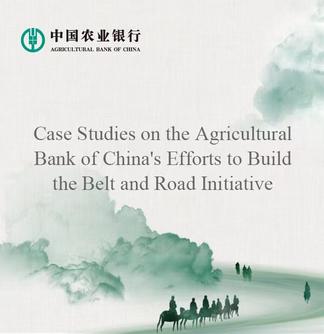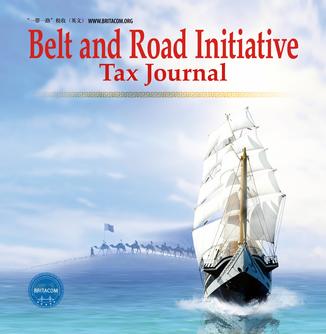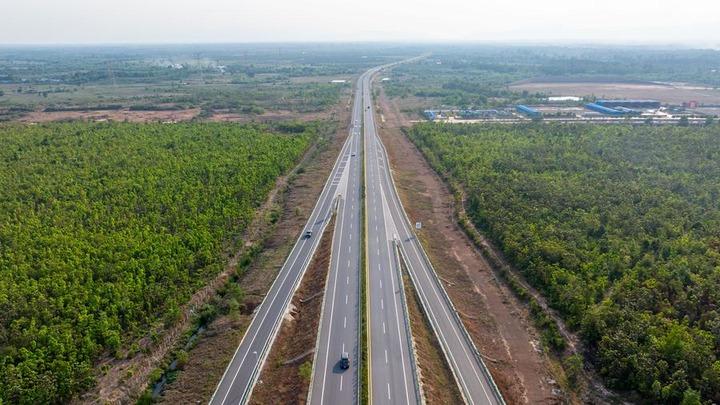by Neak Chandarith
PHNOM PENH, May 18 (Xinhua) -- As a flagship of China-Cambodia cooperation, the Belt and Road Initiative has provided tremendous support for infrastructure projects in Cambodia, transforming the country's development landscape and strengthening regional connectivity.
The initiative's landmark projects such as the Phnom Penh-Sihanoukville Expressway, the Siem Reap Angkor International Airport, the Sihanoukville Special Economy Zone and energy projects have played a crucial role in boosting Cambodia's socio-economic development.
The Phnom Penh-Sihanoukville Expressway has shortened travel time from five to two hours, reduced logistics costs by 40 percent and transformed the quiet port of Sihanoukville into a major industrial hub, while the Siem Reap Angkor International Airport, the main gateway to the UNESCO-listed Angkor Archaeological Park in northwestern Siem Reap province, will boost the local economy and tourism.
The 11-square-km Sihanoukville Special Economy Zone had attracted a total of 202 companies by the end of 2024 and created approximately 32,000 jobs, with the value of imports and exports passing through the zone reaching 4.07 billion U.S. dollars last year, according to the zone's operator.
In the energy sector, China has invested in Cambodia's energy infrastructure, developing both traditional and renewable energy sources to meet Cambodia's goal of universal electricity access by 2030.
Chinese-invested hydropower projects and solar farms have provided reliable and clean energy, secured energy security and benefited millions of households in Cambodia.
Chinese investment has dramatically transformed Cambodia's urban landscape, particularly in the capital city of Phnom Penh and the coastal city of Sihanoukville.
With Chinese investment, Cambodia has seen significant growth in high-rise buildings and skyscrapers in Phnom Penh, which has modernized the capital city's skyline.
Chinese investment has also transformed Sihanoukville from a quiet seaside city into a bustling hub for Chinese tourists and investors.
The alignment between the initiative and Cambodia's Pentagonal Strategy will help Cambodia achieve its ambitious goal of becoming an upper-income country by 2030 and a high-income one by 2050.
The initiative-driven infrastructure development has facilitated travel, boosted trade and attracted more international tourists and investors to the kingdom.
Through enhanced connectivity, Cambodia's trade with the rest of the world will undoubtedly continue to rise.
The initiative has also given a focus on the promotion of sustainable growth, green development and digital innovation and connectivity.
It has helped bridge the digital divide by promoting high-speed internet networks, e-commerce, digital infrastructure development, artificial intelligence and smart city development.
In sum, the Cambodia-China partnership and cooperation under the initiative have enhanced infrastructure development and regional connectivity to ensure long-term resilience, creating a robust foundation for sustained economic growth.
These mega-projects will continue to inject vigorous impetus into building the all-weather Cambodia-China community with a shared future in the new era.
Editor's note: Neak Chandarith is the founding director of the Cambodia 21st Century Maritime Silk Road Research Center at the Royal University of Phnom Penh in Cambodia.
The views expressed in this article are those of the author and do not necessarily reflect the positions of Xinhua News Agency.




 A single purchase
A single purchase









